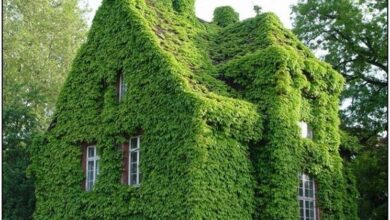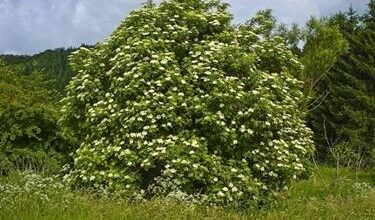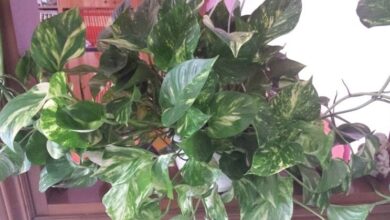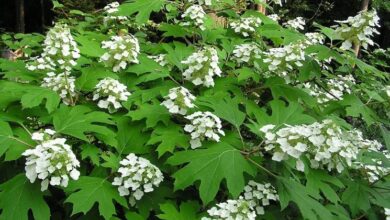Jasmine hedge
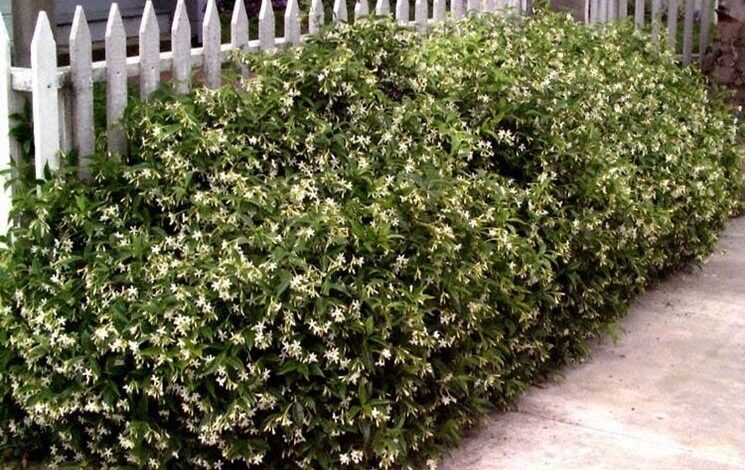
Jasmine hedge and the language of flowers
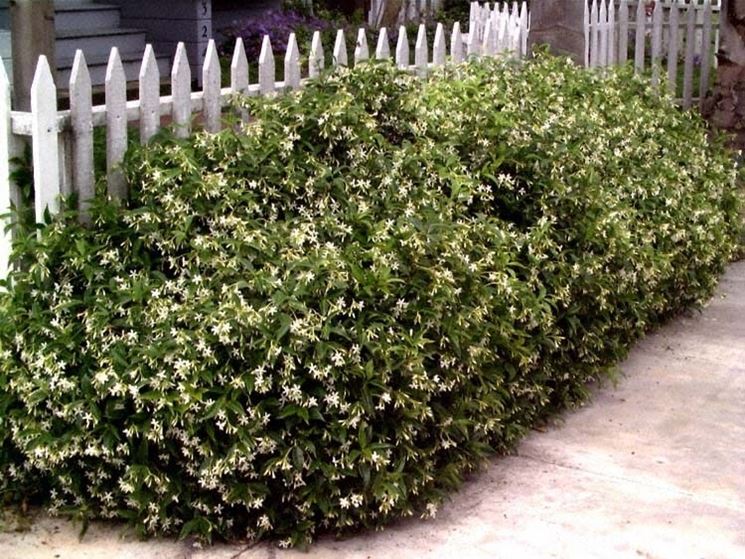
Able to adapt to various types of soil, the jasmine plant can be defined as rather rustic, although it prefers soils with a light, sandy and well-drained mixture. The «white jasmine» hedge resists well in temperatures close to 15 ° and grows well in partially bright areas. If, on the other hand, we are in a warmer area, the ideal will be to plant a hedge of «spring jasmine or Trachelospermum jasminoides» because it suffers from the cold and loves very sunny positions. The best time to plant this plant used in aromatherapy as an antidepressant and relaxant is spring between the end of April and the beginning of May. In the initial phase it will be good to support it with special supports to give it the desired shape.
The flowering of this hedge occurs in summer in June and July, its flowers are small white and have a delicate scent. The method chosen for reproduction is usually the cutting, but sometimes other systems such as the offshoot and layering can be used. Since the seeds are difficult to find, reproduction with them is rarer, once the flowering has taken place it is good to clean the plant from withered inflorescences. When we are in areas with a mild-warm climate, the burial of jasmine must be done in autumn and at the beginning of winter at the latest. If we are in the north of the country (where it is colder) it will be good to wait for spring, the most sensitive species are grown in large pots so that they can be sheltered during the winter.
Jasmine hedge: Jasmine species and their origin
The flowering of this hedge occurs in summer in June and July, its flowers are small white and have a delicate scent. The method chosen for reproduction is usually the cutting, but sometimes other systems such as the offshoot and layering can be used. Since the seeds are difficult to find, reproduction with them is rarer, once the flowering has taken place it is good to clean the plant from withered inflorescences. When we are in areas with a mild-warm climate, the burial of jasmine must be done in autumn and at the beginning of winter at the latest. If we are in the north of the country (where it is colder) it will be good to wait for spring, the most sensitive species are grown in large pots so that they can be sheltered during the winter.
Jasmine hedge: Jasmine species and their origin
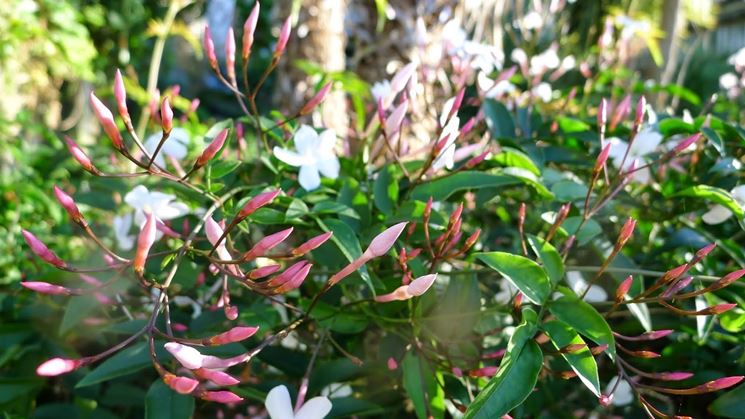
There are many species of jasmine among these we can mention: the jasmine of Arabia, or the white jasmine, the winter jasmine also known as «jasmine of San Guseppe». In the month of May, in addition to roses, the spring jasmine «Jasminum primulinum» blooms, native to Portugal. Azorian jasmine grows on the Madeira Islands at an altitude of 1200 m. In our country it was introduced by the Turks around the fifteenth century, while a century later Vasco de Gama, a famous Portuguese navigator, on his return from the East Indies, brought various species. To arrive at the true diffusion of this species, used both for the decoration of gardens and for that of terraces, we have to wait until the 17th century. Jasmine by its nature needs to be watered intensely but not frequently,

